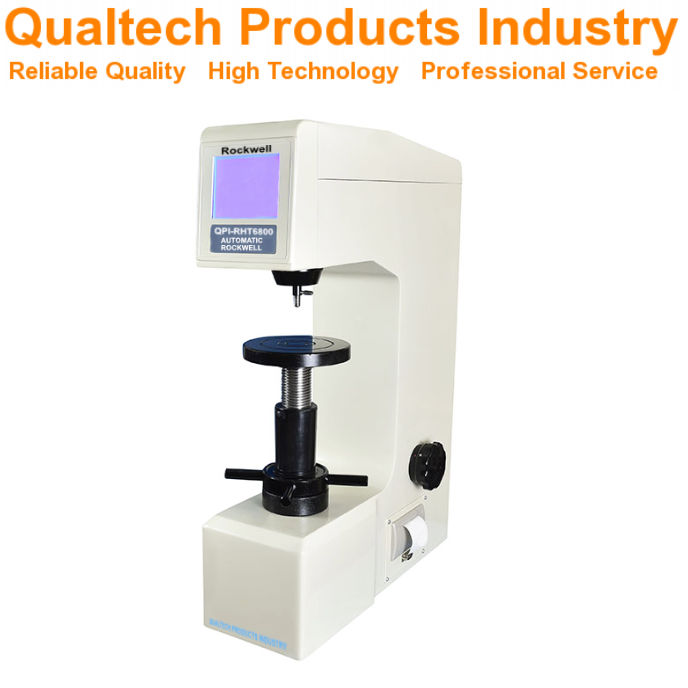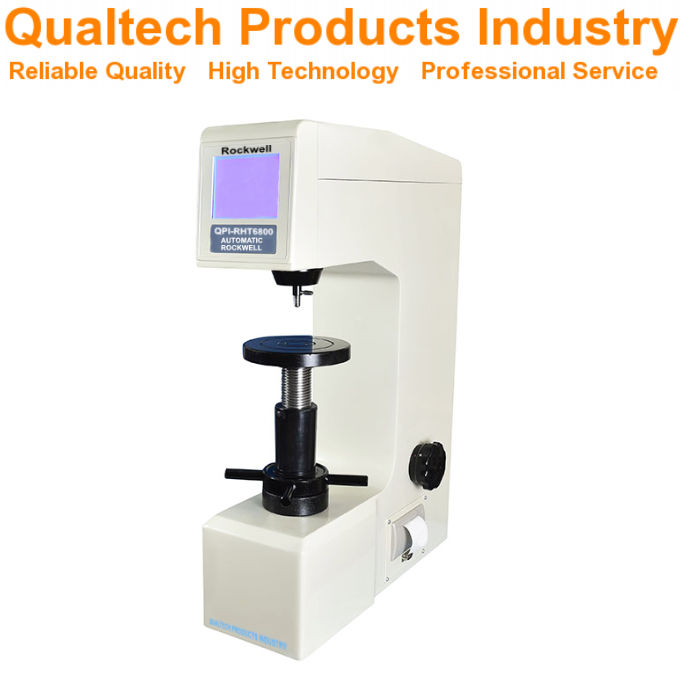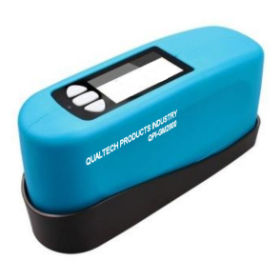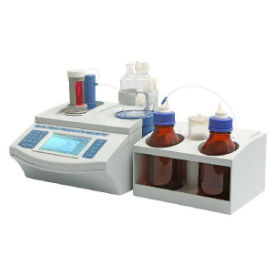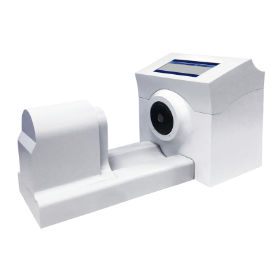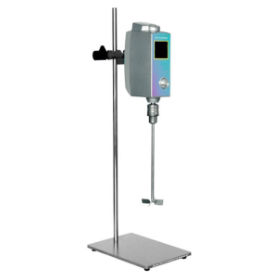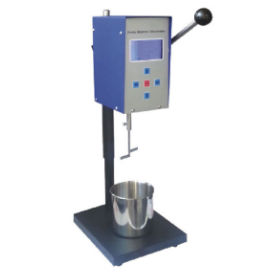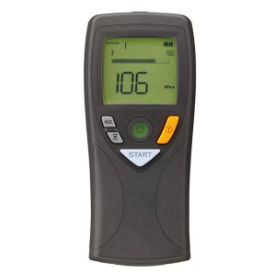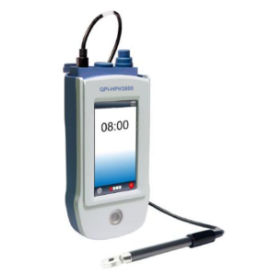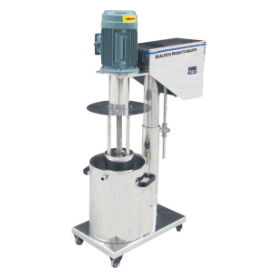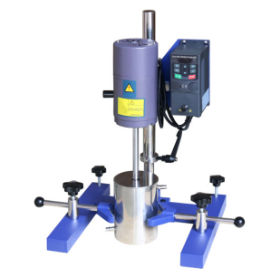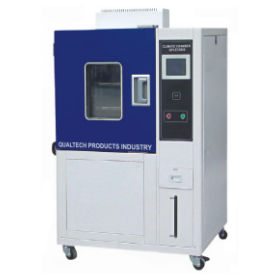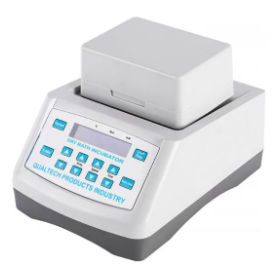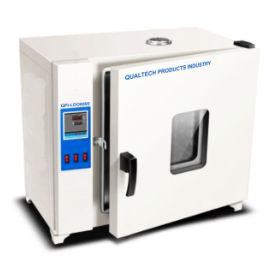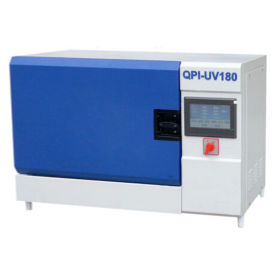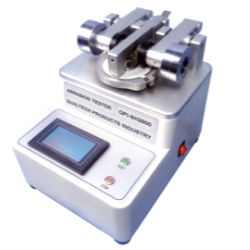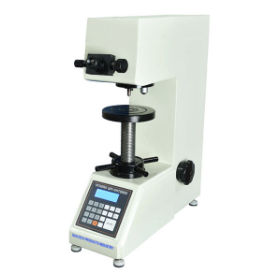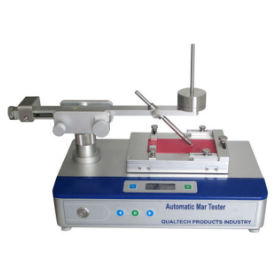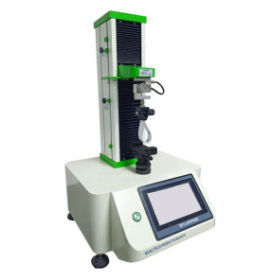Rockwell Testeur de dureté - Application:
La Test de dureté Rockwell mesure la permanent depth of indentation produced by a Force or a Test Load on an Indenteur. La Test de dureté Rockwell is widely used due to its speed, direct reading capability and ability to test a broad range of materials including plastic samples, softer metals and harder metals.
Principles: La Test de dureté Rockwell involves applying a minor Test Load called pre-load followed by a major Test Load.
The difference in Profondeur d'indentation between these two Test Loads is used to calculate the Numéro de dureté Rockwell.
Different indenter types including Diamond Cone Indenter et Steel Ball Indenter and a variety of Test Load combinations define various Rockwell Scales y compris HRC, HRB, HRA.
Applications for the Rockwell Hardness Test include:
Material Characterization: Determining the hardness of metals, alloys, and some polymers
Quality Control: Verifying heat treatment effectiveness, surface hardening and material consistency
Production Monitoring: Monitoring material properties during manufacturing processes
Research and Development: Verifying material behavior under various conditions
Failure Analysis: Assessing material hardness in failed components
La Rockwell Hardness Test in detail:
Sample Preparation: The test surface must be clean, smooth and free from oxides, scale or foreign materials.
Sufficient thickness is required to prevent indentation effects from reaching the opposite surface of the sample.
The sample is rigidly supported via the Sample Holder to prevent movement during testing.
Indenter and Scale Selection: The best suitable Indenter is selected and mounted, usually, a Diamond Cone Indenter or a Steel Ball Indenter and Load Combination according to the Rockwell Scale based on the material type and expected hardness range.
The Test Standards ASTM E18 et OIN 6508 provide additional information for the Scale Selection and its guidelines.
Test Procedure:
(i) Minor Load Application: A minor Test Load which is called Pre-Load is applied to seat the Indenter and to establish a Reference Point.
(ii) Major Load Application: A Major Test Load for a specified dwell time typically of 10-15 seconds is applied.
(iii) Major Load Removal: The Major Test Load is removed, leaving the Charge d'essai mineure applied.
(iv) Depth Measurement: The Rockwell Hardness Tester automatically measures the difference in indentation depth between the Minor Test Load and the Major Test Load.
(v) Hardness Reading: La Numéro de dureté Rockwell is displayed directly on the large Touchscreen Display of the Testeur de dureté Rockwell.
(vi) Data Interpretation: La Numéro de dureté Rockwell is a dimensionless value.
Higher numbers indicate a greater hardness.
After the Rckwell Hardness Test it is suggested to refer to material specifications and Test Standards to determine the acceptable hardness range for your samples. It is important to understand that surface conditions greatly effect readings.
Calibration and Verification: Regular calibration of the Testeur de dureté Rockwell is essential to ensure accuracy. The included Calibration Tiles assist with the regular Calibration of your Automatic Rockwell Hardness Tester.
Error Sources and Mitigation:Specimen Movement: Secure the specimen rigidly to prevent movement during testing.
Indenter Condition: Inspect the indenter regularly for damage or wear. Replace worn or damaged indenters.
Surface Roughness: Ensure the test surface is smooth and free from defects.
Vibration: Minimize vibrations in the testing environment.
Load Application Rate: Maintain a consistent load application rate.
Temperature: Maintain a stable test temperature.
Advanced Considerations for your Rockwell Hardnes Test:
Statistical Process Control (SPC): Implementing SPC techniques to monitor hardness variations and ensure process stability may be helpful.
Automated Testing: This Rockwell Hardness Tester is automated for high accuracy and high precision.
Correlation with Other Hardness Tests: Understanding the correlations between the Rockwell Hardness and other Hardness Test Methods including Vickers Hardness Tests et Brinell Hardness Tests may support Rockwell Hardness Tests.
Surface Preparation: For thin case hardened parts or very thin parts the surface preparation becomes extremely important.
Anisotropy: Some materials exhibit anisotropic hardness properties, meaning their hardness varies with orientation.






